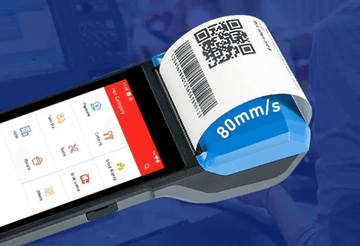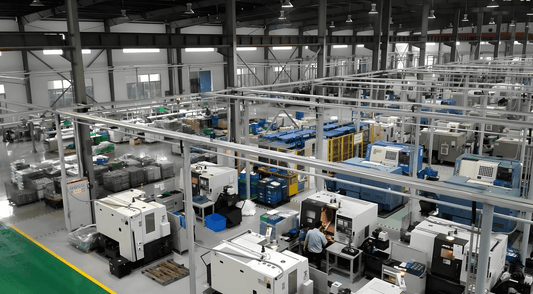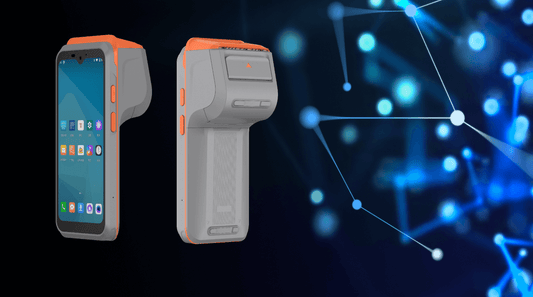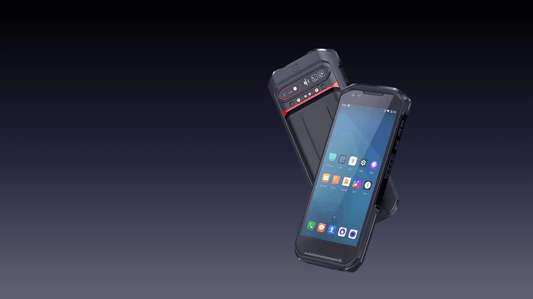Case Study: Toyota’s Use of UHF RFID Handhelds (LS-N41U) for Just-in-Time (JIT) Production
1. Introduction
Toyota, a pioneer in lean manufacturing, relies on Just-in-Time (JIT) production to minimize waste and optimize efficiency. A critical challenge in JIT is real-time parts tracking to ensure seamless assembly line operations. To address this, Toyota implemented UHF RFID handheld computers (LS-N41U) to enhance visibility, reduce errors, and maintain JIT precision.
This case study explores:
-
Toyota’s JIT challenges before RFID adoption.
-
The selection and deployment of LS-N41U RFID handhelds.
-
Operational benefits, including reduced downtime and improved traceability.
-
Key lessons for other manufacturers.
2. Challenges in Toyota’s JIT System
Toyota’s JIT model requires:
✔ Zero excess inventory – Parts must arrive exactly when needed.
✔ Flawless tracking – Any misplacement causes production delays.
✔ High-speed verification – Manual barcode scanning was too slow.
Pre-RFID Issues:
-
Human errors in manual scanning led to incorrect part counts.
-
Delays in locating missing components disrupted workflows.
-
No real-time updates – Data synchronization lagged behind physical movements.
3. Solution: UHF RFID Handhelds (LS-N41U)
Toyota partnered with Panasonic to deploy the LS-N41U, a rugged UHF RFID mobile computer, offering:
Key Features:
✔ Long-range scanning (up to 7m) for bulk reads.
✔ High-speed processing (500+ tags/sec) for rapid inventory checks.
✔ Industrial durability (IP65, drop-resistant) for factory environments.
✔ Seamless ERP integration via Wi-Fi/Bluetooth.
Implementation Process:
-
Tagging Components – Critical parts were embedded with UHF RFID tags.
-
Workstation Setup – RFID readers installed at key checkpoints.
-
Mobile Deployment – Workers used LS-N41U for dynamic scanning.
-
Data Synchronization – Real-time updates to Toyota’s Production Control System.
4. Operational Benefits
A. Improved Inventory Accuracy
-
Reduced manual errors – Automated RFID scans eliminated mis-scans.
-
Real-time tracking – Assembly lines received instant updates on part availability.
B. Faster Part Retrieval
-
Workers located missing parts 50% faster using RFID geolocation.
-
No production stoppages due to delayed part verification.
C. Enhanced Traceability
-
Full lifecycle tracking – From supplier to assembly line.
-
Recall management – Faulty batches identified and isolated quickly.
D. Cost Savings
-
30% reduction in manual audit labor.
-
15% decrease in excess inventory due to precise JIT alignment.
5. Lessons for Other Manufacturers
Toyota’s success with RFID highlights:
✔ RFID is critical for JIT – Real-time data prevents bottlenecks.
✔ Mobile handhelds add flexibility – Workers scan without fixed readers.
✔ Integration with ERP is mandatory – Data must flow seamlessly.
6. Conclusion
Toyota’s adoption of UHF RFID handhelds (LS-N41U) revolutionized its JIT system by:
-
Eliminating manual errors
-
Speeding up part retrieval
-
Enabling real-time inventory visibility
This case demonstrates how RFID mobile computers can optimize lean manufacturing, setting a benchmark for Industry 4.0 automation.
Recommendations for Future Expansion
-
Expand RFID tagging to secondary components.
-
Integrate AI analytics for predictive inventory management.
-
Test drone-based RFID scanning for large warehouses.
This case study confirms that UHF RFID mobile computers are a game-changer for JIT production, as proven by Toyota’s operational excellence.
No comments









0 comments